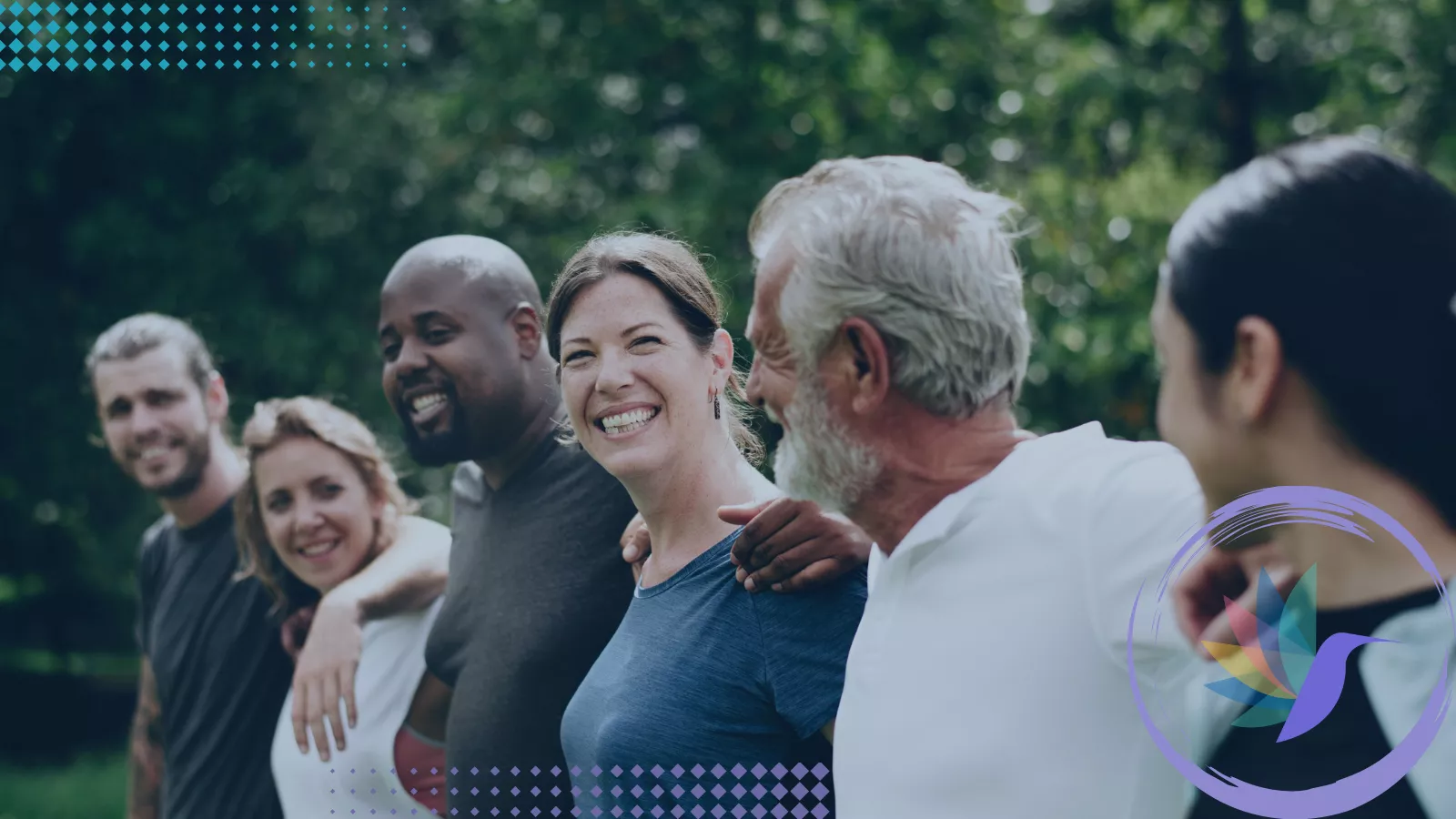
The Challenges and Rewards of Community-Building: an Interview with Responsum Health’s Community Relations Director
Responsum Health is gaining notoriety for its user-friendly patient-engagement interface and the strength of its patient communities, attracting attention from some of the biggest names in the pharmaceutical, research, and digital health tech industries. How does the company do it?
Bridget Greinke is Responsum’s Community Relations Director. In addition to overseeing the backroom publishing process of Newsfeed articles across Responsum’s six chronic disease-based digital health apps, Greinke also leads the Community Chat content moderation team:
- providing community members with resources,
- answering their most pressing questions, and
- keeping them informed about upcoming webinars, conferences, and other events they may find relevant and interesting.
Here, she shares her insights and experiences from remotely serving chronic illness patient communities.[/vc_column_text]
What’s the secret to successful community-building?
One of the biggest challenges of living with chronic illnesses is that most are invisible. Unlike a broken leg with a cast on it, people with chronic conditions may look healthy to peers, colleagues, and even healthcare providers, while in reality they’re struggling just to get through each day despite a host of symptoms.
Lack of validation can lead to frustration and even depression, which can hinder healing and even make patients feel worse. This is where community really counts.
“So many people come to us feeling misunderstood, alone, unheard,” Greinke says. “They are valid in their feelings. Their symptoms are real. Just being acknowledged can have a huge positive impact on their health journey.”
A large part of accomplishing that validation, she says, lies in “providing an open space, a safe space, where no one feels attacked or victimized. Feeling vulnerable is a major part of having a chronic illness. People are told to suck it up, keep things private. Especially in women’s health spaces. Creating that environment where people feel comfortable is the most important thing.”
How does she do that?
“We can open those dialogues, take those first steps, and get the ball rolling. Once people see us say something, they find it easier to jump in and share.”
What makes Responsum different in the digital health space?
“There’s constantly new information being generated out there,” Greinke says. From her observations, most online patient forums and health information platforms either publish so much information that patients are overwhelmed, or they provide “a static library of resources, maybe 10 general articles about a specific disease.”
Responsum, on the other hand, has “a responsive team that’s able to open conversations and get resources to answer our members’ questions practically as they come in. That’s unique in itself. A company has to have the resources, and the mindset, to listen to what patients are looking for, and then give it to them.”
What’s the best part of being Community Relations Director at Responsum Health?
Greinke says that the people she gets to meet and interact with through her remote work are a rich source of satisfaction in her job. “I get to do more than have superficial office conversations. Getting to speak with community members about their health, I get to know them on a deep, personal level, which is rewarding.”
In addition to those deep connections, Greinke is grateful for the opportunity to be of service.
“On a personal level, I’ve been on the family side of things when it comes to caring for a person with chronic illness,” she shares. “I know the helplessness that patients and caregivers can feel. At the end of the day, if there’s anything I can do to bring them peace or comfort, then I can go to bed feeling good about myself.”
What are some challenges of community-building?
No job, particularly in the health arena, comes without challenges, however, and for Greinke those challenges are the limitations on the services that she can provide.
“People can get frustrated when they can’t get the immediate answers or fixes that they want,” she says. “It’s difficult to know emotionally what they’re going through, but not be able to give them what they’re looking for. Not immediately, anyway.”
Community members’ frustrations can affect their interactions with other members and with the Community Chat team.
“When they’re frustrated and disappointed, they can come across as aggressive,” Greinke says. “They sometimes don’t feel they can trust anyone – the government, the media. Some don’t even trust their doctors, and even if they do, they can’t always afford to go to the doctor, or they face other barriers to care.”
What are the main lessons you’ve learned as Community Relations Director?
Greinke seems stymied by the question. “There are so many,” she says. “It’s important in all jobs, but especially in start-up companies, to look for a quality team of colleagues and mentors. I’ve learned so much from every single person in this company. The people at Responsum have all had a huge impact on my professional life and growth.”
Most importantly, she says, “I’ve learned that your mission doesn’t have to be just words. It’s very easy to get lost in the day-to-day tasks, and the demands of the bottom line, but if you remember the why of what you do, your passion comes through and you can focus on the good you can do in the world.”

